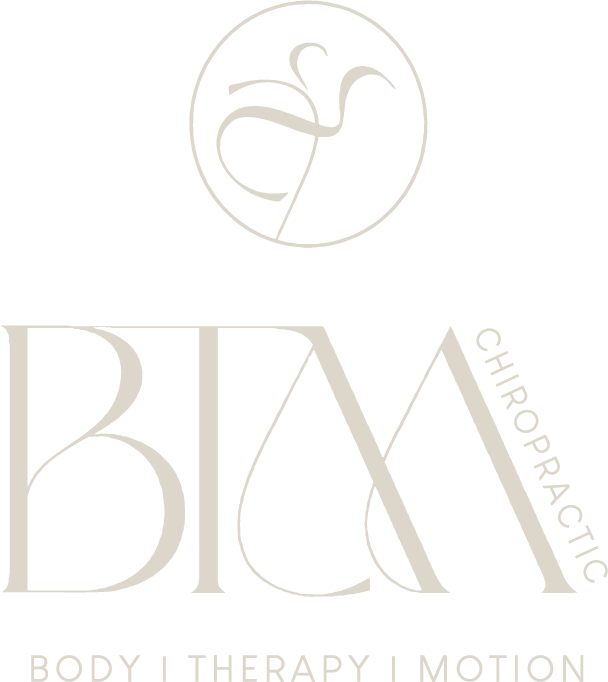I’m sure you have heard of the term’s “fascia” and “adhesions”. Some of you may have not. I like to think of the analogy of fascia like the white sheath that covers dry biltong or meat like chicken. I’m sure some of you may have seen that. In the human body, we have fascia that covers every organ, blood vessel, nerve, joint, ligament, tendon and muscle in our body. It is “a white thin fibrous band of connective tissue, made up of mostly collogen and consists of multiple layers”. Fascia is one of those guys that play a very important role behind the scenes, yet often get overlooked.
When it comes to muscle; deep fascia holds our muscles together, separates them and provides stability. This allows our muscles to contract, stretch and glide smoothly over each other and surrounding structures during normal movement. Extending beyond muscles, fascia allows our muscles, joints and organs to move and glide smoothly past each other without creating friction or tears between structures as they come into contact. Think of fascia as the peace maker between all
the structures in our body.
Now, what happens if the fascia in our body is unhappy? Remember I spoke about how fascia consists of multiple layers? So, between those layers is a thin liquid layer called hyaluronan (hya-lu-ro-nan). It aids in allowing the fascia to move and stretch. Think of it as an oil that we add to hinges to allow smooth movement to occur. Okay so, where am I going with this?
If we have inflammation that occurs in our fascia or in any structures in which the fascia encloses, it dries up the liquid layer between the fascia. This causes the fascia to stick to our muscles, or the structure it encloses, which restricts the normal smooth movement and glide that is suppose to occur. This can eventually lead to something known as “adhesions”. At this point, our fascia is considered to be thicky, sticky and gummy.
Now you can imagine that if the fascia is restricting normal movement of the muscle, tension will develop in the muscle too. This will cause trigger points or muscle “knots” to develop. Most of the time, when a patient experiences muscle pain that is causing a constant referral pain or radiating pain when pressure is applied to that specific spot, we term that condition “myofascial pain syndrome”.
It is evident that muscles and fascia are interconnected more than one actually realizes. When you are experiencing muscle pain, is it the actual muscle or fascia that is the problem? or is it both? During chiropractic treatment, all the components to pain are considered. Not only are we releasing the joints and muscles associated with the pain, but we use techniques to release fascia too.
A common technique is a fascial scrapping tool, known as the Graston technique. It is a type of instrument assisted soft tissue mobalization (IASTM) technique. Think of it as a large curved blunt butter knife. Chiropractors use this tool to gently scrape/massage the skin over the affected areas. While it may feel like you are getting a skin exfoliation and nothing more, what the tool is really doing is stretching the underlying connective tissue that makes up the fascia which covers the muscles in an attempt to rearrange the fibers into its original form to allow smooth movement to occur between its structures. It breaks down scar tissue and any restrictions of the fascia that it associated with painful muscle conditions and promotes better healing to an injured soft tissue structure. It also activates certain nerve fibers which can help with better proprioceptive, muscle activation and decrease pain associated with tight fascia.
Another common technique used that may be more known to some of you is dry cupping. Suction cups are placed over tight areas and a basic suction is applied to your skin. This suction separates the underlying structures from each other. In other words, it lifts the skin, separating it from the fascia, separating it from the muscles. This allows all these structures to “breath” and washes out any buildup of waste products by allowing new blood flow to enter the area. In doing this, it improves blood circulation and promotes healing to occur. By moving the suction cups over the affected area, it furthermore lifts the fascia from the muscle as it glides over, allowing restrictions of the fascia to be released and stretching the muscle fibers which promotes them to relax. Not only is cupping used for pain and promotion of healing, but it is also used as a recovery method for athletes. The faster their muscles recover, the quicker they can get back to training. It enhances an athlete’s performance level. The big round marks that can be left on a person’s body after dry cupping may look extremely intimidating and painful, however its quite the opposite where only a little
tenderness is felt afterwards. It is one of those cases where the bark is bigger than its bite.
Usually, a combination of the two techniques above together with soft tissue release, adjustment and/or dry needling leaves your muscles feeling like it took an oil bath. Extremely loose and slippery where everything feels free to move. Never overlook the contribution that fascia has to your pain levels and limitations it may place on the performance level, muscle function and power output of an athlete. Stop and think to yourself, is this the fascia to your pain?






